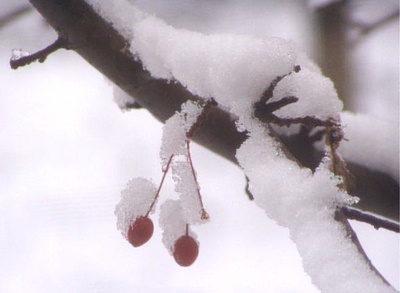All Nonfiction
- Bullying
- Books
- Academic
- Author Interviews
- Celebrity interviews
- College Articles
- College Essays
- Educator of the Year
- Heroes
- Interviews
- Memoir
- Personal Experience
- Sports
- Travel & Culture
All Opinions
- Bullying
- Current Events / Politics
- Discrimination
- Drugs / Alcohol / Smoking
- Entertainment / Celebrities
- Environment
- Love / Relationships
- Movies / Music / TV
- Pop Culture / Trends
- School / College
- Social Issues / Civics
- Spirituality / Religion
- Sports / Hobbies
All Hot Topics
- Bullying
- Community Service
- Environment
- Health
- Letters to the Editor
- Pride & Prejudice
- What Matters
- Back
Summer Guide
- Program Links
- Program Reviews
- Back
College Guide
- College Links
- College Reviews
- College Essays
- College Articles
- Back
Alaskan Refuge MAG
The United States government wants to drill for oil in Alaska‘s Arctic National Wildlife Refuge. This should not be permitted for many reasons. First, oil spills are quite common and would severely damage the fragile arctic ecosystem. Second, this area is home to 180 species of birds, 45 species of mammals (including the endangered bowhead whale) and 36 species of fish, all of which would decline with a loss of habitat. Finally, the oil extracted from this area would amount to only a few months‘ supply and not decrease our dependence on foreign oil.
Oil spills in Alaska are common and detrimental to the environment. There are on average more than 700 oil spills per year - that‘s one every 18 hours. There are 350 spills every year of crude oil and other toxic substances at the oil field in Prudhoe Bay, Alaska alone, just 30 miles west of the Arctic Refuge. From 1996 to 2004, there were 4,530 spills totaling 1.9 million gallons of diesel fuel, oil, acid, biocide, ethylene glycol and drilling fluid. This is a problem in any area, but is even more hazardous in the arctic. The damage to the environment from frequent oil spills is more severe in Alaska and lasts longer by penetrating the ice. Each year, oil operations on Alaska‘s North Slope emit more than 70,000 tons of nitrogen oxides, which contribute to smog and acid rain. Greenhouse gases, which are to blame for the deterioration of the ozone and increased global warming, are also produced by oil facilities in this area. With over 700 spills a year already, new operations would only increase this number and cause more environmental hazards.
The Arctic National Wildlife Refuge, at 19 million acres, is the largest wildlife refuge in the United States. The site of the proposed drilling is on the Arctic Coastal Plain, the most sensitive area of the park. The effect of drilling would be felt by all of the species of birds, mammals and fish. And, the Refuge is absolutely vital to the endangered bowhead whale. This species is very vulnerable and only recently returned from the brink of extinction. Their population numbers only 7,800 and is concentrated in the western arctic. Because the entire population migrates as a group, any toxin in their path would affect them all.
Not just large animals are affected by drilling - 130 species of migratory birds that depend on the Arctic Coastal Plain would suffer permanent habitat loss. Even small spills are detrimental to the health of all animals living on the Refuge. When oil and chemical spills occur, toxins are ingested by smaller animals and passed on to larger animals through the food chain. The drilling of the Arctic National Wildlife Refuge would permanently alter the ecosystem and interfere with an environment that has been relatively untouched.
The amount of oil in the refuge will not end our dependence on foreign oil. The estimate of economically recoverable oil from the Arctic refuge is 3.2-5.2 billion barrels, the amount of oil the U.S. consumes in about six months. Also, it is predicted that the oil will not start flowing for seven to 12 years even if the project started today. Oil prices will not decrease by tapping into this reserve, as shown by historical evidence.
When the Alaska Pipeline began transporting oil from Prudhoe Bay, oil prices doubled from 60 cents in 1978 to $1.20 in 1981. In addition, this reserve was much larger. The oil in the Refuge isn‘t concentrated in one large reservoir but spread across the coastal plain in more than 30 small deposits, which would require vast networks of roads and pipelines that would further fragment the habitat, disturbing and displacing wildlife. The amount of oil found in the Refuge is too small to have any effect on the average American.
The number of barrels of oil viable by drilling in the Arctic National Wildlife Refuge does not outweigh the devastation it would cause on the ecosystem. There would be no positive outcome from drilling in the Refuge and the United States should not drill there.

Similar Articles
JOIN THE DISCUSSION
This article has 1 comment.

0 articles 0 photos 12292 comments